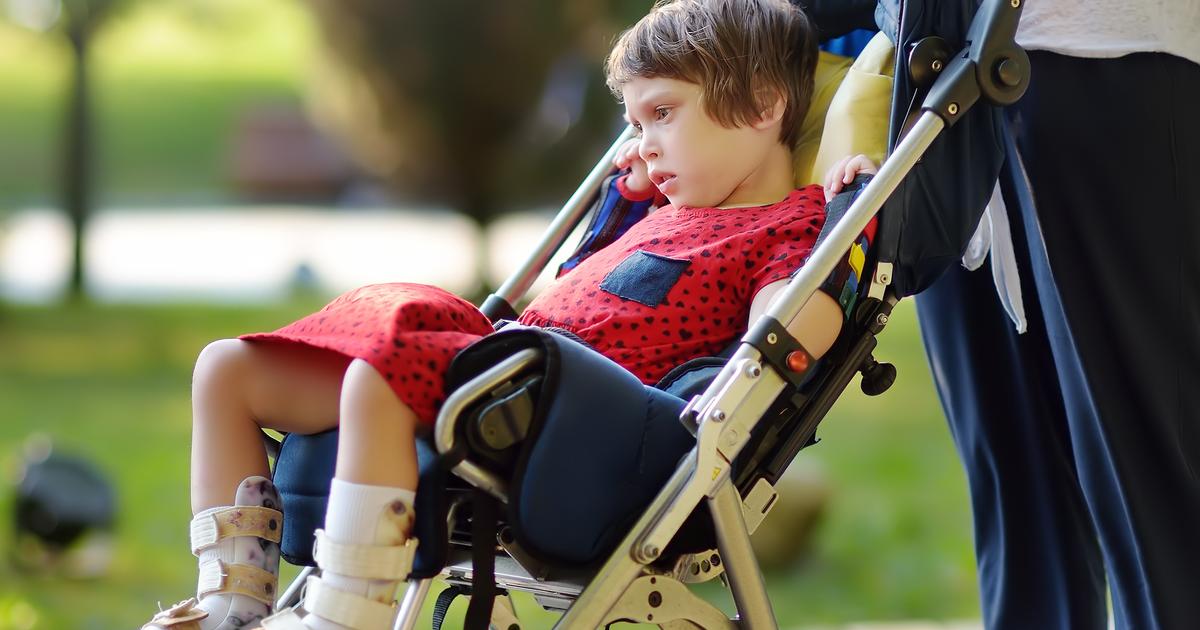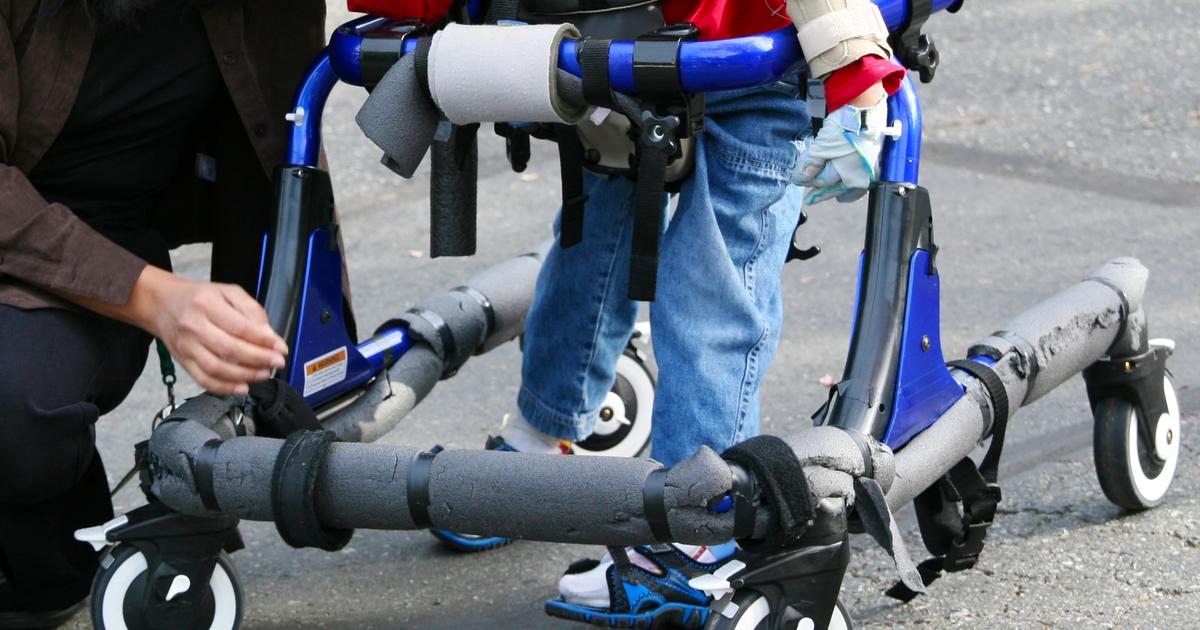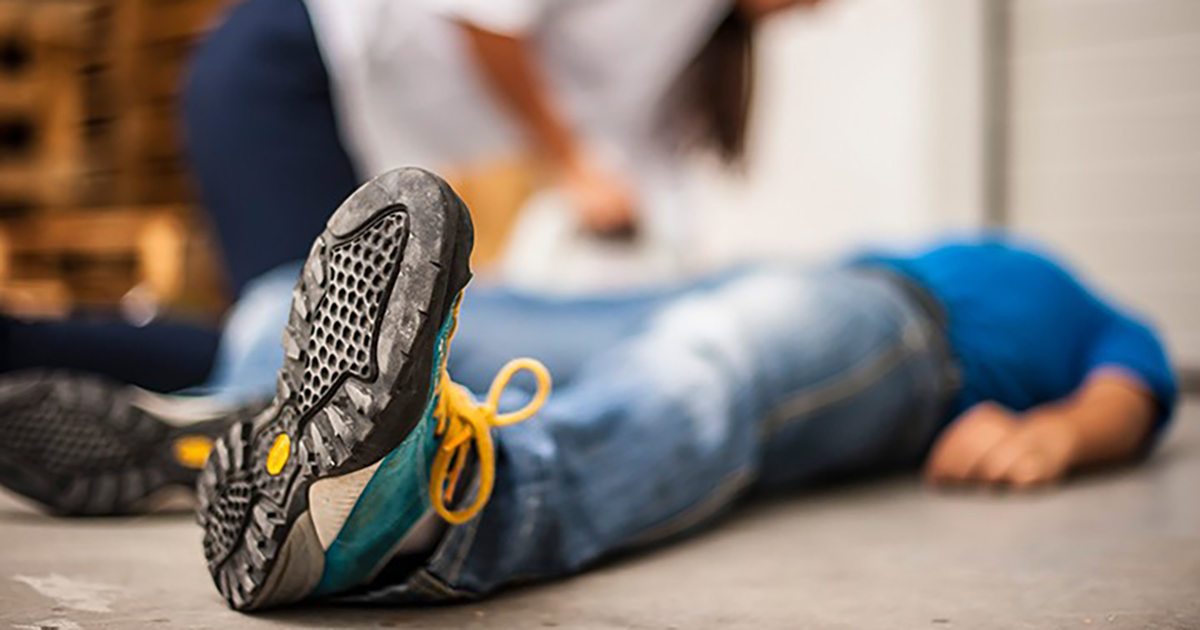Guide To The Symptoms Of Cerebral Palsy
Cerebral palsy is a lifelong neurological condition that can affect an individual's movement, coordination, posture, and learning. It is most often caused by damage to the brain that occurs before or during birth. Most patients are diagnosed before they are five years old, and symptoms can vary greatly in severity. For example, some patients may have only mild issues with walking, and others may need to use a wheelchair. To diagnose cerebral palsy, doctors generally observe the patient's gait, posture, and movements for several months, and brain scans are also conducted. Although the symptoms of cerebral palsy last for a lifetime, they do not worsen in severity as a patient gets older.
Treatment for cerebral palsy may include muscle or nerve injections. Patients may need medication for cerebral palsy too, often in the form of oral muscle relaxants. Physical therapy for cerebral palsy is quite common. Patients will often need speech therapy or occupational therapy for cerebral palsy as well. Surgery for cerebral palsy is another option. However, the best cerebral palsy treatment starts with an understanding of the symptoms.
Loss Of Coordination And Balance

Patients with cerebral palsy typically experience some degree of loss of coordination and balance. Depending on the type of cerebral palsy a patient has, they may be unable to balance while sitting or standing. It could be necessary for patients to use crutches, a walker, or a wheelchair. Patients with mild forms could struggle with running, going up and down stairs, and jumping.
In addition to difficulties with these gross motor skills, the patient's coordination of fine motor skills is sometimes affected. Tasks such as writing, buttoning a button, or cooking could be difficult. The patient may struggle with hand-eye coordination as well. Physical therapy can help patients build coordination and improve balance.
Issues With Muscle Tone

Issues with muscle tone are common in all types of cerebral palsy. When muscle tone is affected, muscles that normally work in pairs do not function as they should. This can cause postural changes and difficulty with sitting and other tasks that require balance. Patients with cerebral palsy may have decreased muscle tone, also called hypotonia, which means the muscles are floppy and more relaxed than they should be. Other patients with cerebral palsy may display increased muscle tone, also referred to as hypertonia, which makes the muscles stiff and rigid. Sometimes, an individual with this condition could have some muscle groups that are too rigid and others that are too loose.
Issues with muscle tone can cause a patient to need to exert three to five times more energy than an individual without cerebral palsy to complete tasks such as standing and walking. When assessing a child for cerebral palsy, doctors will evaluate muscle tone periodically. Specialized stretching exercises and other therapies may help improve muscle tone. Patients may need to take frequent breaks when doing tasks that require exertion.
Issues With Reflexes

Some cerebral palsy patients may have underdeveloped or absent reflexes. Others could display excessive reflexes that result in twitching movements and spasms. To test reflexes, doctors gently tap on certain areas of the arms and legs with a special device. They will check for the strength and speed of the reflex. They will also be looking for the presence of any lingering infant reflexes, including the palmar grasp reflex.
When their palm is touched, infants normally make a grasping motion with their hand. This reflex is expected to disappear sometime between four and six months old. If it is present after this time, it may be an indication of cerebral palsy. Doctors will also check for other lingering infant reflexes such as the placing reflex, Moro reflex, and spinal gallant reflexes. Patients will need to have their reflexes checked periodically to monitor any changes.
Involuntary Movements

Dyskinetic cerebral palsy can cause a variety of involuntary movements. Some individuals may have quick and jerky twitches in the face, arms, or legs, though others may have slow or writhing movements. Tremors of the hands are common, and affected individuals may struggle to pick up utensils. Patients whose facial muscles are affected may drool, and problems with eating and speaking are often observed. Involuntary movements of the legs could make it difficult to stand or to sit still for long periods. The involuntary movements associated with this condition are permanent, but they do not get worse with time.
Speech therapy can help patients improve their ability to swallow and eat. Occupational therapists can provide individuals with adaptive devices that could make it easier to hold utensils steady. Since involuntary movements can indicate numerous medical conditions, parents who notice their children are displaying any of these signs should ensure they get a prompt medical evaluation. It can be helpful to keep a journal that documents the child's movements and the affected body parts. Video footage of the involuntary movements could help in the diagnostic process as well.
Difficulty Walking

Walking difficulties are a primary feature of cerebral palsy. They manifest in different ways in each patient. Some patients with very mild forms of cerebral palsy may only have difficulty walking up and down stairs or walking long distances. Others could display more noticeable gait variations. For example, some patients with this condition walk with a scissor-like gait that involves crossing the knees. Some individuals will walk only on their tiptoes or in a crouched position.
Other possible gait changes include walking with a wide gait with the feet very far apart and the toes pointed outward or inward, and walking with one leg dragging a little behind the other. Some gait changes such as walking on the tiptoes may be corrected using special orthotic devices or with surgeries to lengthen tendons in the ankles. Patients may need to use walking aids, including canes, crutches, braces, or walkers.
Problems Speaking

Research indicates that over half of all individuals with cerebral palsy will have some problems speaking. This is likely because patients tend to find controlling muscles in their neck, throat, head, and face quite challenging. The result of this, of course, are problems with speech. Some children with cerebral palsy may struggle with issues such as pronunciation and articulation. Stuttering is quite common as well. The problems speaking symptom of cerebral palsy is why most children with this condition will receive at least some speech therapy as a treatment. This therapy helps strengthen the muscle they use for speaking, among other things.
Seizures

Seizures are surges of electrical activity to the brain. Unfortunately, they are a common symptom of cerebral palsy, as children with this condition often have at least one. Cerebral palsy patients may deal with both focal and generalized seizures as part of their condition. Focal seizures affect one part of the brain, often on one side. Generalized seizures, however, affect the entire brain. Symptoms of seizures can vary based on what type and subtype of seizure an affected individual experiences. It is also vital to note that many cerebral palsy patients will also develop co-occurring epilepsy, which is a seizure disorder. When this happens, patients will need epilepsy treatment as well as cerebral palsy treatment.
Issues With Fine Motor Skills

Fine motor skills involve the smaller muscles in the fingers, wrists, hands, feet, and toes. These skills are smaller actions that require these muscles. Examples include writing and even picking up objects. Unfortunately, most individuals with cerebral palsy will experience issues with fine motor skills. In fact, all patients will, and what varies is the extent to which their fine motor skills are negatively affected. One patient may deal with weakness in one of their hands. This can make writing or tying their shoes harder than normal. However, another patient may struggle with both hands and other fine motor skills and require constant assistance with eating, picking up objects, and more.
Learning Difficulties

Evidence shows that learning difficulties are common symptoms seen in children with cerebral palsy. The learning difficulties that children deal with can vary. Some patients will experience a short attention span, difficulties with language, as well as problems with motor planning. Ultimately, these issues can negatively affect a child’s numeracy and literacy skills, among other learning abilities. The issues patients have with their fine motor skills can also influence learning difficulties. Cerebral palsy patients need to put forth more effort into their learning than others, which can make them tired more easily.
Delayed Development

As discussed, cerebral palsy involves brain damage that occurs during birth or immediately after birth. This brain damage can result in delayed development, one of the most common symptoms. In fact, it is often the child’s failure to meet certain developmental milestones that starts the process that leads to a cerebral palsy diagnosis. Most children with cerebral palsy will deal with delays in physical milestones.
For instance, babies should be able to lift their head up unsupported, bring their hand to their mouth, and roll over from their front to their back without help by four months of age. In addition, babies should be able to pull themselves up and stand and walk with some support by the time they are a year old and walk without help by eighteen months. This may not happen with cerebral palsy.
